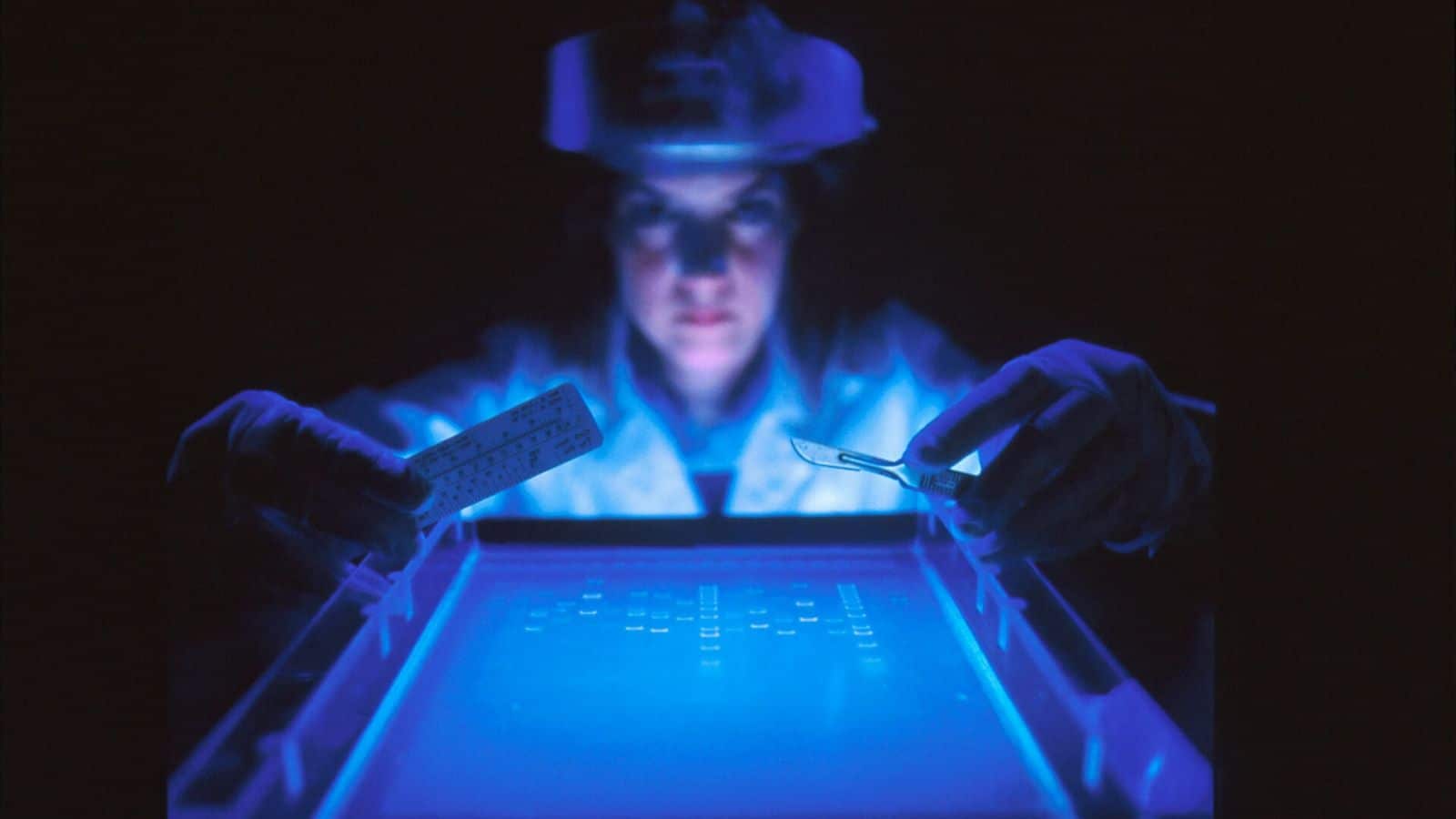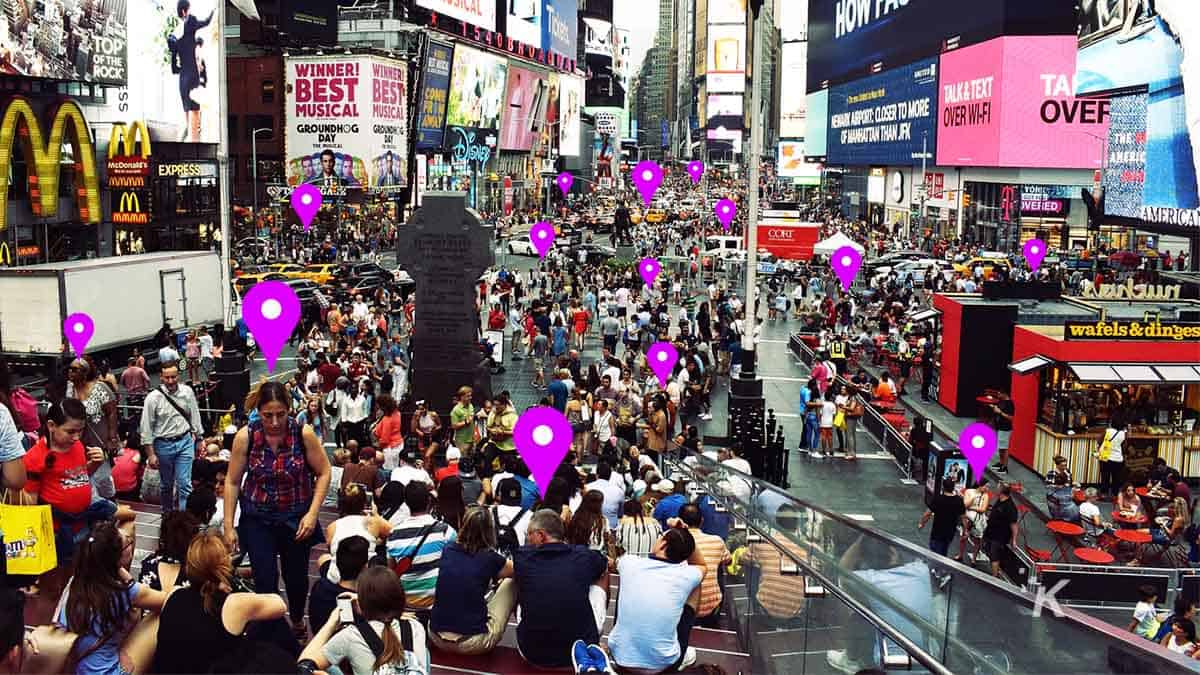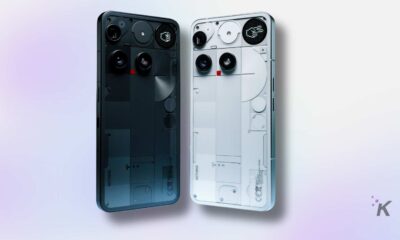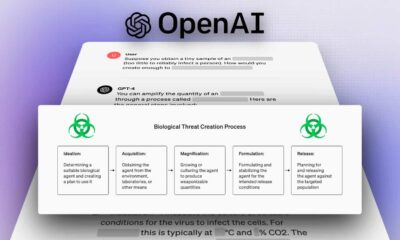News
Can far-UVC lighting help combat COVID-19?
Ultraviolet (UV) light has been a tool for sterilization for decades. Is this the next step?

Just a heads up, if you buy something through our links, we may get a small share of the sale. It’s one of the ways we keep the lights on here. Click here for more.
As COVID-19 fluctuates across the United States and the rest of the world, researchers look for solutions. A vaccine is still a ways away, so experts must find more immediate solutions to ensure societies have a certain degree of safety.
Far-UVC lighting could be a helpful factor. Ultraviolet (UV) light has been a tool for sterilization for decades. Far-UVC is relatively newer in usage, though. If it works, the light could help combat COVID-19.
What is far-UVC?
There are three different types of UV light that come from the sun. First, the majority of ultraviolet radiation is UVA. Both UVA and UVB can lead to skin cancer or cause sunburns, as well. UVC is the last form that the ozone filters out. This form of UV is harmful to humans due to its strength and severity but is useful for sterilizing hospitals and supplies.
Far-UVC has a shorter and more high-strong light wavelength pattern and structure than the standard form, which means it won’t be as harmful to humans. As a safer option, researchers think that it could be a helpful resource for COVID-19, specifically the SARS-CoV-2 strain.
While UV light, and specifically far-UVC, can kill different strains of bacteria and viruses, there is currently not enough testing for its interaction with COVID-19. Though it can likely kill the strain, researchers will need to make sure it’s safe for people first.
How it can help

Image: KnowTechie
Public, populated spaces are the primary areas that people need to avoid right now. Since different forms of UV light can already kill the virus on things like medical equipment, people are the focus when they go out in these public spaces. Though many people will uphold social distancing, it won’t be enough. Far-UVC could be a gateway into a cleaner, sterile society.
If scientists deem this form of light to be effective, then the next step would be integration. As of right now LED lighting in healthcare is a common practice. Taking that standard and using LEDs for public sanitation could be the way forward. Since LEDs can emit any wavelength, they can prevent over-exposure of the UV light. This dynamic allows sanitation while people remain safe.
If successful, you will start to see more and more “portals” or entrances that have far-UVC lighting inside. If you stand under it for a few moments, it will kill any bacteria that is on your body or clothing. The blue, vibrant, and almost neon light will be a beacon if scientists deem it safe.
The photons from the light wouldn’t be able to penetrate the outer layer of your skin, which is usually dead cells anyway. It could still kill off bacteria, though, which makes for an ideal solution.
Probability of safety
Several factors contribute to how likely far-UVC is to help combat COVID-19. First, people need an immediate solution. Stay-at-home orders and social distancing is necessary, but people will start to become more relaxed. A vaccine is still several months to over a year away — people need a way to get back to normal now. If a second wave eventually hits, people will look for solutions.
LED lighting for far-UVC may be that solution. It can offer reduced exposure through its use of electron conduction. However, transitioning far-UVC still requires more testing. Only when researchers can guarantee safety with LED lighting can people start to integrate this form of UV.
Using medical establishments as a basis is a good way forward. Since UV light can kill the virus and most bacteria on PPE equipment, it can likely kill it on other materials. The key focus here is to keep it safe for humans. Far-UVC is the best bet.
More testing
The bottom line is that far-UVC requires more testing. Though UV light products are selling out quickly, safety isn’t a guarantee. The current information is pointing in the right direction for far-UVC. With more information on how it reacts to the virus and humans, though, it can start moving forward.
What do you think? Do you think far-UVC lighting could be the future of sterilization? Let us know down below in the comments or carry the discussion over to our Twitter or Facebook.
Editors’ Recommendations:
- Google Maps will now offer COVID-19-related alerts for travelers
- Fitbit unveils its new, FDA-approved ventilator for COVID-19
- A new report suggests that almost half of the tweets regarding the coronavirus are probably from bots
- The best places to buy face masks online for the coronavirus































